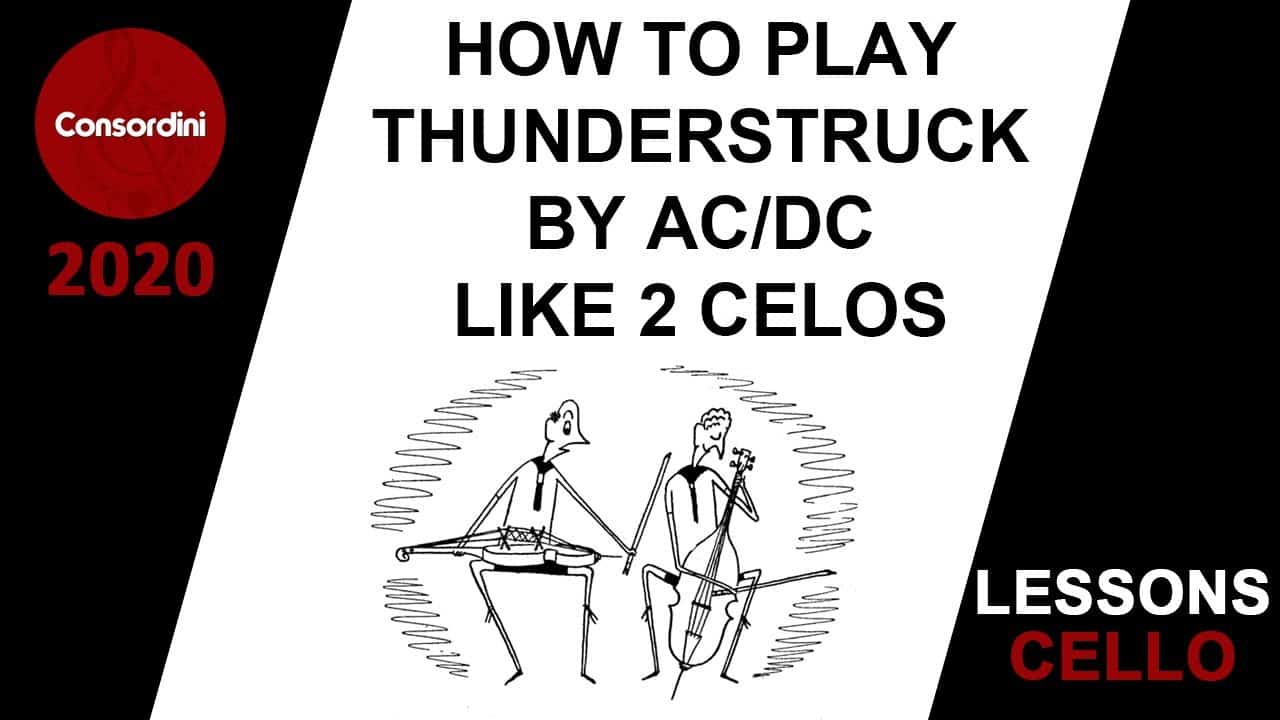To build a Minimum Viable Product (MVP), start by identifying the core problem you want to solve and prioritize essential features that directly address user needs. Conduct thorough market research to understand your audience and competitors. Utilize agile development methodologies for quick iterations and gather user feedback post-launch to refine your product. Keep it simple and avoid feature overload. There’s much more to explore about MVP strategies that can set you up for success.
Key Takeaways
- Conduct thorough market research to understand user needs and identify gaps in the market for your MVP.
- Develop user personas to tailor your product features to the specific preferences and pain points of your target audience.
- Define the core problem your MVP addresses and prioritize must-have features using the MoSCoW method for effective development.
- Utilize agile development methodologies to create the MVP quickly and incorporate feedback from early adopters for iterative improvements.
- Establish clear success metrics, such as customer acquisition and retention rates, to evaluate the MVP’s performance post-launch.
Understanding the MVP Concept

The Minimum Viable Product (MVP) is a crucial concept for anyone looking to launch a new product. It’s the simplest version of your product that you can sell, enabling you to learn from the market with minimal effort.
Introduced by Frank Robinson in 2001 and popularized by Eric Ries in *The Lean Startup*, the MVP helps test your fundamental business hypotheses and gather user feedback quickly. Unlike prototypes, MVPs are fully functional and focus on delivering core features that attract early adopters.
To create an MVP, conduct thorough market research, analyze competitors, prioritize features, and embrace iterative development. This approach ensures you refine your product based on real user insights, setting the stage for future growth.
Benefits of Developing an MVP

Frequently, developing a Minimum Viable Product (MVP) can be a game-changer for startups and established businesses alike. By allowing you to launch quickly, an MVP gives you a competitive edge, enabling you to gather early feedback and refine your product before others catch up.
This rapid market entry helps you capitalize on emerging trends while minimizing development costs by focusing only on essential features. Moreover, continuous user feedback fosters iterative improvements, ensuring your product meets real needs.
With early risk identification and opportunities for strategic pivots, you can avoid costly errors. Ultimately, an MVP not only establishes your brand presence but also enhances your chances for long-term success in a crowded marketplace.
Steps to Create an MVP

Creating a Minimum Viable Product (MVP) involves several key steps that can streamline your development process and enhance your chances of success.
Start with thorough market research, conducting surveys and interviews to grasp customer needs and pain points. Develop user personas to understand your target audience better.
Next, pinpoint the specific problem your MVP addresses and define your value proposition clearly. Prioritize features, focusing on core functionalities essential for your product’s existence.
Utilize agile methodologies to build the MVP, followed by rigorous testing with early adopters. Gather feedback actively and be prepared to iterate based on insights.
These steps will help you create a strong foundation for your MVP and drive its success in the market.
Identifying Core Features

To identify core features for your MVP, start by pinpointing the essential functionalities that directly address user pain points.
Understand what users truly need and prioritize those features that will provide the most value.
This focus not only streamlines development but also aligns with your broader business goals.
Essential Feature Identification
How do you determine which features are essential when building a Minimum Viable Product (MVP)?
Start by identifying core features that directly solve the primary problem your product addresses. Use the MoSCoW method to categorize features into must-haves, should-haves, could-haves, and won’t-haves.
Focus on features that align with user needs, are technically feasible, and are cost-effective to develop. Prioritize those that enhance your value proposition and allow for future scalability.
Remember, your MVP is a starting point; iterate based on user feedback to refine and enhance the product.
User Pain Points Analysis
While analyzing user pain points, it’s crucial to focus on the specific challenges that hinder their experience with your product. Start by identifying surface pains through direct feedback and feature requests.
Then, look for process pains, like workflow friction and tool integration issues. Don’t overlook psychological pains, which can affect user confidence.
Quantify these pain points to prioritize effectively, using methods like user journey mapping to pinpoint high-impact areas. Incorporate user testing, surveys, and analytics to gather insights about usability and functionality.
Conducting Market Research

When you’re conducting market research for your MVP, understanding your competitors is key to finding your unique position in the market. You’ll also want to identify your target audience by creating detailed user personas that reflect their needs and preferences. Additionally, incorporating cultural intelligence (CQ) into your market research can enhance your ability to connect with diverse consumer needs and preferences. This process should also involve analyzing startup stories to glean insights into successful strategies and market dynamics.
Competitor Analysis Techniques
Understanding your competition is crucial for developing a successful Minimum Viable Product (MVP). Start by identifying direct, indirect, and tertiary competitors to grasp the landscape.
Organize these competitors based on market share and product maturity. Use techniques like SWOT analysis to evaluate their strengths and weaknesses, while Porter’s Five Forces can help you understand industry dynamics. Additionally, consider the role of efficient payment solutions in the transportation sector, as such innovations can influence competitors’ strategies.
Employ social listening to monitor brand mentions and customer sentiments. Tools like SEMRush can provide insights into SEO strategies.
Regularly track competitors to adapt your MVP based on their movements. Finally, look for gaps in their offerings to position your product uniquely and ensure it meets evolving market needs. Additionally, consider the implications of enhanced infrastructure resilience for your MVP, as it can significantly influence market stability and competitiveness.
Your MVP’s success hinges on informed competitor analysis.
Identifying Target Audience
After analyzing your competitors, the next step is identifying your target audience through effective market research.
Start by gathering demographic data like age, location, gender, and occupation. Next, dive into psychographics to understand their spending behavior, values, interests, and pain points. Understanding your audience’s financial literacy levels can significantly influence how you present your product.
Use surveys, interviews, and social media analytics to collect this data. Look for market trends that highlight customer needs and competitor offerings.
Analyze the feedback to create detailed customer personas, capturing purchase intentions and satisfaction levels. This insight helps validate your assumptions and refine your product. Additionally, consider the importance of setting measurable goals to align your product development with customer expectations and market demands.
Launching and Testing Your MVP

Launching and testing your Minimum Viable Product (MVP) is crucial for gathering valuable insights that can shape its future.
Start with a soft launch to a limited audience, allowing you to refine the product without the pressure of a full-scale release. If you have the resources, a hard launch can create significant buzz.
Consider pre-launch campaigns to build anticipation, and use organic methods like dark launches for gradual growth.
Utilize various testing approaches, such as landing page MVPs or explainer videos, to gauge interest.
Post-launch, analyze user feedback and adapt your product accordingly. Incorporating data-driven marketing strategies can enhance your approach to refining your MVP based on user interactions.
Timing is key, so align your launch with seasonal trends and competitor strategies for maximum impact.
Measuring Success: MVP Goals and Metrics

Measuring success for your Minimum Viable Product (MVP) hinges on defining clear goals and relevant metrics. Start by tracking customer acquisition to gauge your product’s appeal and revenue potential.
Retention rates reveal customer satisfaction, while user engagement shows how actively users interact with your MVP. Monitor your conversion rate to assess market fit, and don’t overlook revenue, especially for monetized products.
Utilize both quantitative metrics, like active users and churn rate, and qualitative metrics, such as customer feedback and satisfaction scores. Align these metrics with your business model and conduct market research to refine your approach.
Iteratively improve based on the data, ensuring your MVP evolves to meet user needs effectively.
Common Mistakes to Avoid in MVP Development

While developing a Minimum Viable Product (MVP), it’s crucial to sidestep common pitfalls that can undermine your efforts.
First, ensure you conduct thorough market testing; neglecting this can lead to products that miss the mark.
Avoid feature overload—too many features can confuse users and dilute your core value proposition.
Prioritize gathering data analytics to understand user behavior and product performance effectively.
Plan for scalability from the start; failing to do so can create bottlenecks later.
Don’t forget to define your target audience clearly and actively seek user feedback.
Lastly, launch with a solid marketing strategy; without it, your MVP may struggle to gain visibility and traction in the market.
Frequently Asked Questions
How Long Does It Typically Take to Develop an MVP?
Typically, developing something like an MVP can take anywhere from one to six months, depending on various factors.
If you’re working on simple features, you might finish in just one to three months. For standard features, expect around three to four months.
Complex projects could stretch to six months or more.
What Industries Benefit Most From MVP Development?
You’ll find that industries like finance, healthcare, education, and gaming benefit significantly from MVP development.
In finance, MVPs help validate products quickly, reducing risk.
Healthcare uses them to ensure medical solutions meet user needs.
Education focuses on creating engaging learning experiences, while gaming tests core mechanics before full-scale releases.
Each sector leverages MVPs to enhance user experience, validate market demand, and optimize resources, ultimately leading to more successful outcomes.
Can an MVP Be Developed Without Technical Expertise?
Yes, you can develop an MVP without technical expertise.
You’ve got options like partnering with tech firms, which can fill your skill gaps and handle development.
No-code tools are another great choice; they let you build your product using drag-and-drop interfaces, making it accessible even for non-technical founders.
Don’t forget to gather user feedback to refine your product, ensuring it meets the real needs of your target audience.
How Do I Choose the Right Team for MVP Development?
Choosing the right team is like selecting the perfect ingredients for a recipe; you need balance and variety.
Start by defining your project goals clearly, then look for diverse skill sets that complement each other.
Don’t overlook cultural fit, as harmony boosts collaboration.
Use Agile methodologies to adapt quickly, and prioritize candidates with relevant experience.
Ultimately, you want a team that’s not just skilled, but also adaptable and communicative.
What Tools Can Help in Creating an MVP?
When you’re looking to create a project, choosing the right tools can make a huge difference.
You might want to use Jira for project management and planning. For design, Figma allows real-time collaboration, while Bubble offers no-code development options.
To gather user feedback, tools like Hotjar and UserTesting can provide valuable insights.
Finally, keep your tasks organized with Trello or Asana, ensuring everything runs smoothly throughout the process.
Conclusion
In the fast-paced world of startups, building an MVP is your launchpad to success. By focusing on core features and gathering user feedback, you’re not just creating a product; you’re sculpting a masterpiece from raw ideas. Avoid common pitfalls, and you’ll navigate the turbulent waters of development with confidence. Remember, every great innovation starts as a simple concept—so get out there, test your ideas, and let your MVP soar like an eagle in the sky!










